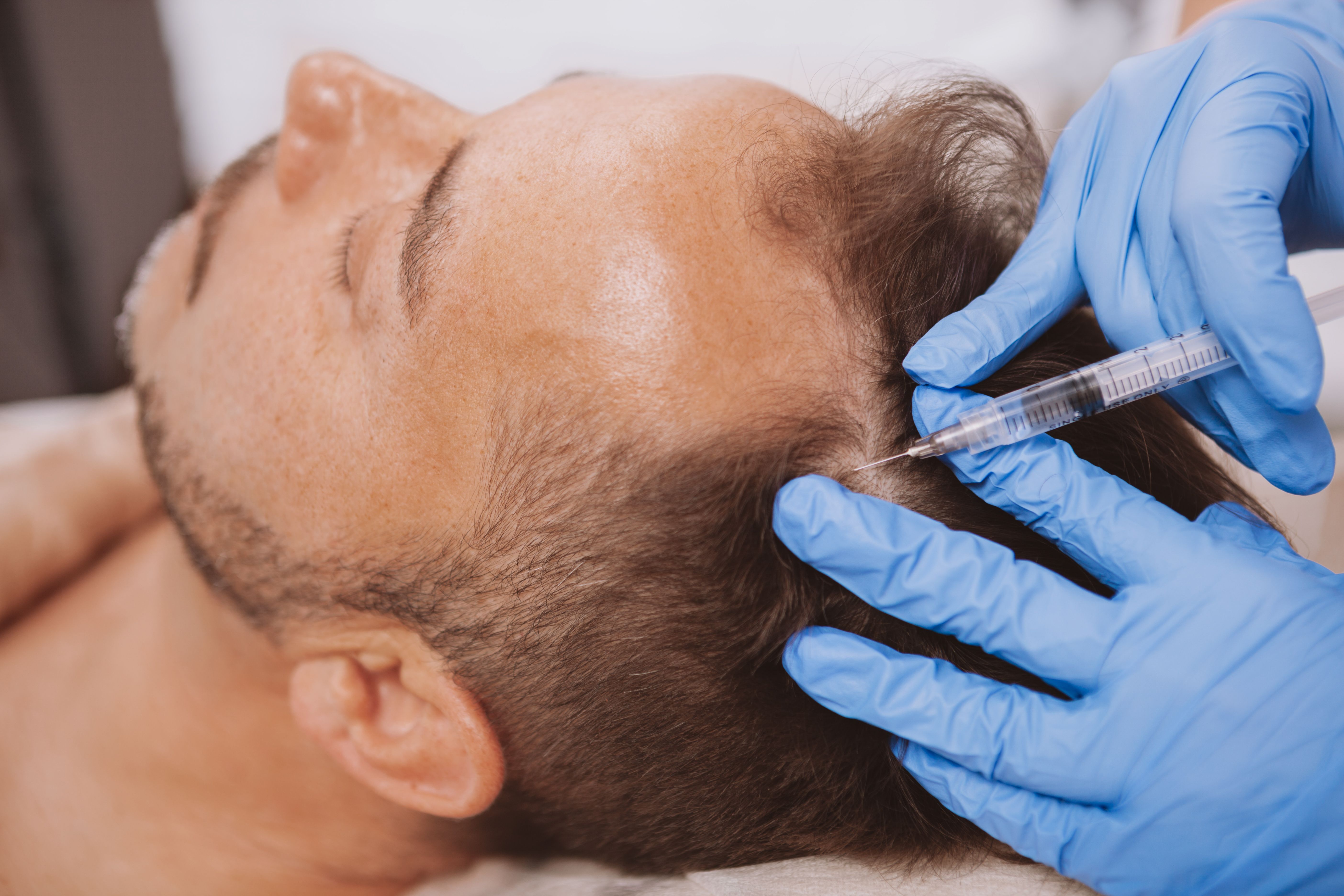- General Dermatology
- Eczema
- Chronic Hand Eczema
- Alopecia
- Aesthetics
- Vitiligo
- COVID-19
- Actinic Keratosis
- Precision Medicine and Biologics
- Rare Disease
- Wound Care
- Rosacea
- Psoriasis
- Psoriatic Arthritis
- Atopic Dermatitis
- Melasma
- NP and PA
- Skin Cancer
- Hidradenitis Suppurativa
- Drug Watch
- Pigmentary Disorders
- Acne
- Pediatric Dermatology
- Practice Management
- Prurigo Nodularis
Article
Weekly Roundup: September 7-11
Author(s):
ICYMI, some of the content featured this week includes a video series on dermatologic care during COVID-19 and how the pandemic could be a catalyst for expansion into underserved populations, a look at when is the best time for follow-ups with patients after Mohs surgery, a deeper look at the new “clean” cosmetics trend, plus more.
In case you missed it, some of this week’s featured content includes results from a survey highlighting quality-of-life sentiment in patients with atopic dermatitis, a deeper look into the new “clean” cosmetics trend, a video series on dermatologic care during COVID-19 and how the pandemic could be a catalyst for expansion into underserved populations, the launch of a new a prognostic gene expression profile test for patients with high-risk cutaneous squamous cell carcinoma (cSCC), a look at when is the best time for telephone follow-ups with patients after Mohs surgery, plus more.
COVID-19: A catalyst to expand dermatologic care
Could the eased telehealth restrictions implemented in response to the COVID-19 pandemic allow for greater access to dermatologic care? We sat down with experts to explore how telehealth could be used to expand quality care to vulnerable and underserved populations across the United States.
Survey highlights quality of life sentiment among patients with AD
Only half of patients are satisfied with their atopic dermatitis treatment; yet, only about one-third discuss their quality-of-life concerns with their healthcare provider, a recent survey reveals.
The Mainstream Patient: September 7
This week’s edition of The Mainstream Patient features stories about the difference between cold sores and acne, glycerin in skincare, psoriasis and its effect on mental health, how to avoid tech neck, plus more.
‘Clean’ skincare a growing trend
"Clean" skincare has become a popular trend. A preference for products without certain ingredients is fine if the products make patients feel better without making their skin worse, one expert says.
Disparities in dermatology are more than skin deep
In part two of our conversation on expanding care to underserved populations through telehealth, expert Vinod E. Nambudiri, M.D., MBA, dives into the disparities that most affect the specialty of dermatology.
Chronic inflammatory skin diseases associated with increased shingles risk
A study recently published in the Journal of the American Academy of Dermatology reveals patients with chronic inflammatory skin diseases also have an increased risk for herpes zoster (shingles), which has the possibility to lead to extended hospitalizations.
Strategies to expand dermatologic care during the COVID-19 crisis
In part three of our conversation, Sepideh Ashrafzadeh details sustainable steps the specialty can take to expand access to care to new and underserved communities during the current pandemic – and in the future.
Study finds HS associated with acne conglobata
Hidradenitis suppurativa has come to be associated with systemic inflammation as well as a growing list of comorbidities including acne conglobate.
Castle Biosciences launches test to predict metastasis risk in cSCC
Castle Biosciences announces the launch of DecisionDx-SCC, a prognostic gene expression profile test for patients with high-risk cutaneous squamous cell carcinoma (cSCC).
Case series draws attention to phenotype of acne scarring
A retrospective review of patients seen in an academic dermatology clinic over a one-year period identified 20 individuals with nasal papules in association with acne, which are thought to represent scarring sequelae. The condition is underrecognized, researchers say and requires further research to better understand.
Menlo Therapeutics changes name to VYNE Therapeutics
Menlo Therapeutics has officially changed its name to VYNE Therapeutics.
When is the best time to follow-up after Mohs surgery?
A recent study from the University of Missouri School of Medicine investigates when is the best time to make post-operative phone calls to patients following Mohs micrographic surgeries.





